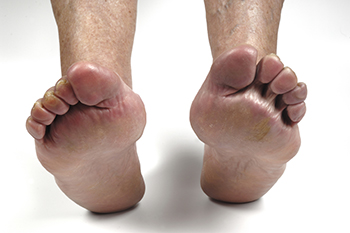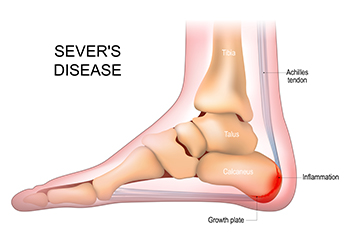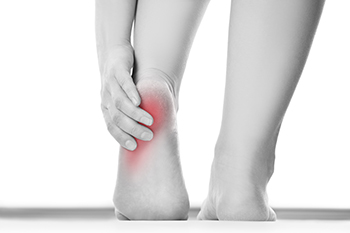
Arthritis is an inflammatory condition that can have a profound impact on joints in the body, including the toes. The two forms of arthritis that affect the toes are osteoarthritis and rheumatoid arthritis. Osteoarthritis is often a result of wear and tear on the joints, where the protective cartilage at the ends of bones gradually deteriorates. When this occurs in the toes, it can lead to pain, stiffness, and a reduced range of motion. Walking and performing everyday tasks can become difficult. In contrast, rheumatoid arthritis is an autoimmune disorder in which the immune system mistakenly attacks the joints, including those in the toes. This autoimmune response triggers inflammation and swelling, and can even lead to deformities in the affected toes. Over time, the toe joints may suffer significant damage, further diminishing their functionality. This may cause chronic pain and mobility issues that can affect overall foot health. Basic activities such as walking, standing, or even wearing certain types of shoes can become challenging and painful. To address these issues effectively, it's suggested that you make an appointment with a podiatrist. This foot doctor can provide an accurate diagnosis, create a personalized treatment plan, and offer advice on managing symptoms.
Arthritis can be a difficult condition to live with. If you are seeking treatment, contact one of our podiatrists from Foot Health Center of Merrimack Valley. Our doctors can provide the care you need to keep you pain-free and on your feet.
Arthritic Foot Care
Arthritis is a joint disorder that involves the inflammation of different joints in your body, such as those in your feet. Arthritis is often caused by a degenerative joint disease and causes mild to severe pain in all affected areas. In addition to this, swelling and stiffness in the affected joints can also be a common symptom of arthritis.
In many cases, wearing ill-fitting shoes can worsen the effects and pain of arthritis. Wearing shoes that have a lower heel and extra room can help your feet feel more comfortable. In cases of rheumatoid arthritis, the arch in your foot may become problematic. Buying shoes with proper arch support that contour to your feet can help immensely.
Alleviating Arthritic Pain
- Exercises that stretch the foot can prevent further pain and injury and increase mobility
- Most of the pain can be alleviated with anti-inflammatory drugs, heat, and topical medications
- Massages can help temporarily alleviate pain.
It is best to see your doctor for the treatment that is right for your needs and symptoms. Conditions vary, and a podiatrist can help you determine the right method of care for your feet.
If you have any questions, please feel free to contact one of our offices located in North Andover, and Tewksbury, MA . We offer the newest diagnostic tools and technology to treat your foot and ankle needs.















